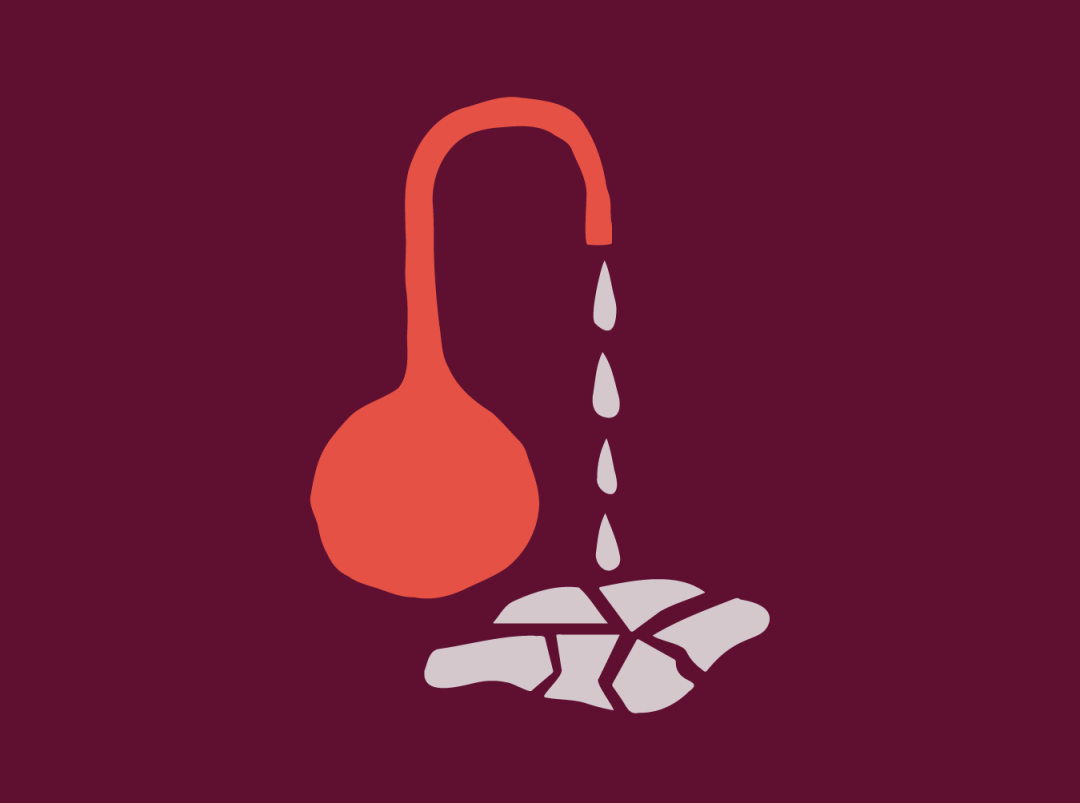#explainer
You're On The Pill, So What Actually Happens During Your Cycle?
health
·5 min read

by Toni Brannagan | 05/03/2017
If you’re someone who takes birth control (whether it’s to actually control birth, regulate your cycle, stave off acne, or any of the numerous other reasons folks take “birth control”), contraceptive pills have likely been a part of—maybe the beginning!—the journey that is finding the right birth control for you. Maybe you’re still on it now! According to the CDC, over 25% of people reporting to use contraception take contraceptive pills — so you’re not alone.
But for medication that many of us interact with at one point in our lives, and maybe because taking ~the pill~ seems so casual, you might not have put too much thought into how the pill is actually doing its job. The pill is a powerful thing — regulating your menstrual cycle when your body is trying its hardest to do the opposite (as an example that comes readily to me, giving you debilitating cramps that send you home from school) is no joke.
Let’s break down how contraceptive pills do their job.
natural cycles
As a refresher, the average cycle (unchanged by hormonal birth control) has four main players: estrogen, progesterone, luteinizing hormone (LH), and follicle-stimulating hormone (FSH). These hormones control your cycle by thickening your uterine lining to host a hypothetical fertilized egg, letting your body know when to ovulate, and, if there’s no pregnancy, giving your body the go-ahead to shed that lining — that, as we all know, is your period.
Contraceptive pills are made of synthetic hormones, most commonly a mix of estrogen and progestin (synthetic progesterone). The “minipill” features just progestin. There are a whole bunch of different pills, both in terms of brands and hormone levels, so we’re going to stick to the generic (a combo of estrogen and progestin) today to keep things simple. If you want to know what’s in your pill, check the packet, and ask your gyno next time you visit for more details about what that means for your body.
so, how does the pill stop you from getting pregnant?
In short, taking the pill stops you from ovulating. Without ovulation, an egg is not released to await fertilization. (Sorry… but ew.)
Okay, so how? When you take the pill, the synthetic hormones we mentioned earlier give you level amounts of progestin and estrogen. Without those hormones dipping or rising, LH or FSH can’t be activated — it basically blocks the signal to the cell tower that your body needs to let it know to ovulate. This means your uterine lining likely won’t be thickening nearly as much as when you don’t take the pill, which is also why your “period” is much lighter on hormonal contraception.
Additionally, the estrogen in contraceptive pills helps prevent breakthrough bleeding mid-cycle, and the progestin also stops your cervical mucus from thinning like usual, meaning sperm has a more difficult time reaching the cervix.
pause, what do we mean by “period”?
That’s right, the bleeding you experience monthly when you take the pill is probably not actually a period. (If you’re a little loose-y goose-y with your phone alarms and taking the pill daily, you can start ovulating, so heads up.) Remember, you’re not ovulating… meaning there’s no uterine lining to shed.
The last week in a pill pack is typically a handful of sugar pills — the bleeding that follows when you take those is actually withdrawal from the hormones (particularly estrogen) you take every other day of the month.
....can you just skip your period—sorry, “period”—then?
Basically, yeah. If your doctor gives you the okay to start taking the pill continuously, there’s technically no medical need to go through withdrawal bleeding since it’s just a simulated period.
Some folks are more comfortable experiencing the withdrawal bleeding between pill packs, especially people that are sexually active and would rather have that peace of mind, and that’s okay too.
If you took or take contraceptive pills, how did they change your relationship with your cycle? Share with us in the comments.
Toni Brannagan is a writer and was the former Copy and Content Manager at Thinx.
by Toni Brannagan


